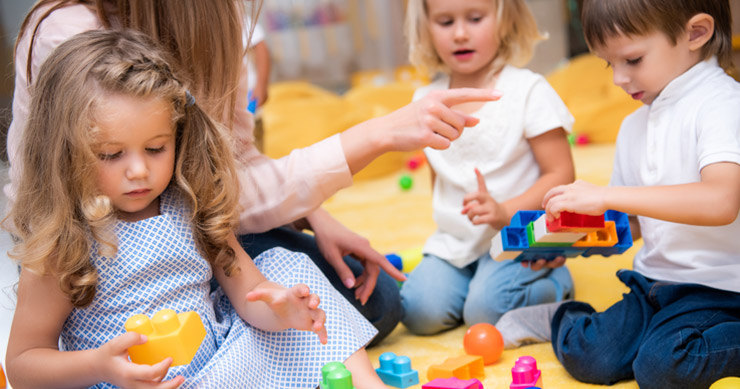In a world filled with sights, sounds, and textures, children with autism can sometimes feel overwhelmed. Sensory toys play a crucial role in helping them navigate this sensory overload while providing therapeutic benefits that can enhance their daily lives. In this blog post, we’ll explore the significance of sensory toys, their various types, and how they can positively impact children with autism.
Understanding Sensory Processing
Sensory processing refers to how our brains receive and interpret information from our senses. Children with autism often experience sensory processing issues, leading to either hypersensitivity or hyposensitivity to stimuli. This can result in challenges such as anxiety, difficulty focusing, and behavioral outbursts.
The Benefits of Sensory Toys
Sensory toys are specifically designed to engage a child’s senses and provide calming or stimulating effects, depending on their needs. Here are some of the key benefits of using sensory toys:
- Calming Effects: Many sensory toys can help soothe children during moments of anxiety or distress. Items like stress balls or weighted blankets can provide a sense of security and comfort.
- Focus and Attention: Sensory toys can aid concentration, allowing children to engage in activities without becoming easily distracted. Fidget spinners and squishy toys can keep their hands busy, helping them focus on tasks.
- Skill Development: Engaging with sensory toys can enhance fine motor skills, coordination, and hand-eye coordination. Toys that require manipulation, such as building blocks or sensory bins, promote developmental growth.
- Social Interaction: Sensory toys can facilitate social play, encouraging children to interact with their peers. Group activities using sensory materials can promote teamwork and communication skills.
- Emotional Regulation: These toys can also help children learn to manage their emotions. By providing an outlet for expression, sensory toys teach self-regulation techniques that are beneficial in various situations.
Types of Sensory Toys
Understanding the different types of sensory toys available can help parents choose the right options for their children. Here are some popular types:
1. Fidget Toys
These toys, such as stress balls, fidget spinners, and textured blocks, help keep hands occupied and reduce anxiety.
2. Weighted Toys
Weighted blankets, vests, and stuffed animals can provide deep pressure stimulation, which is calming for many children with autism.
3. Sensory Bins
Filled with various materials (sand, rice, beads), sensory bins allow children to explore textures and enhance their tactile experiences.
4. Visual Toys
Toys that light up, change colors, or have unique visual patterns can engage a child’s visual senses and encourage exploration.
5. Auditory Toys
Musical instruments or toys that produce different sounds can help children with auditory processing and stimulate their hearing abilities.
Choosing the Right Sensory Toys
When selecting sensory toys, consider your child’s preferences and sensory needs. Pay attention to their responses to different types of stimulation and involve them in the decision-making process. Here are a few tips to guide you:
- Observe Reactions: Notice which stimuli your child responds positively to and choose toys that align with those preferences.
- Test and Adapt: Don’t hesitate to try different toys and see what works best for your child. Be open to adapting choices as they grow and develop.
- Quality over Quantity: A few high-quality, engaging sensory toys can be more effective than a large assortment of less impactful options.
Conclusion
Sensory toys play a vital role in the lives of children with autism, offering support, comfort, and opportunities for growth. By understanding their needs and providing appropriate sensory experiences, parents can help their children thrive in an often overwhelming world. Embracing sensory play not only aids development but also fosters a sense of belonging and joy in everyday activities.

